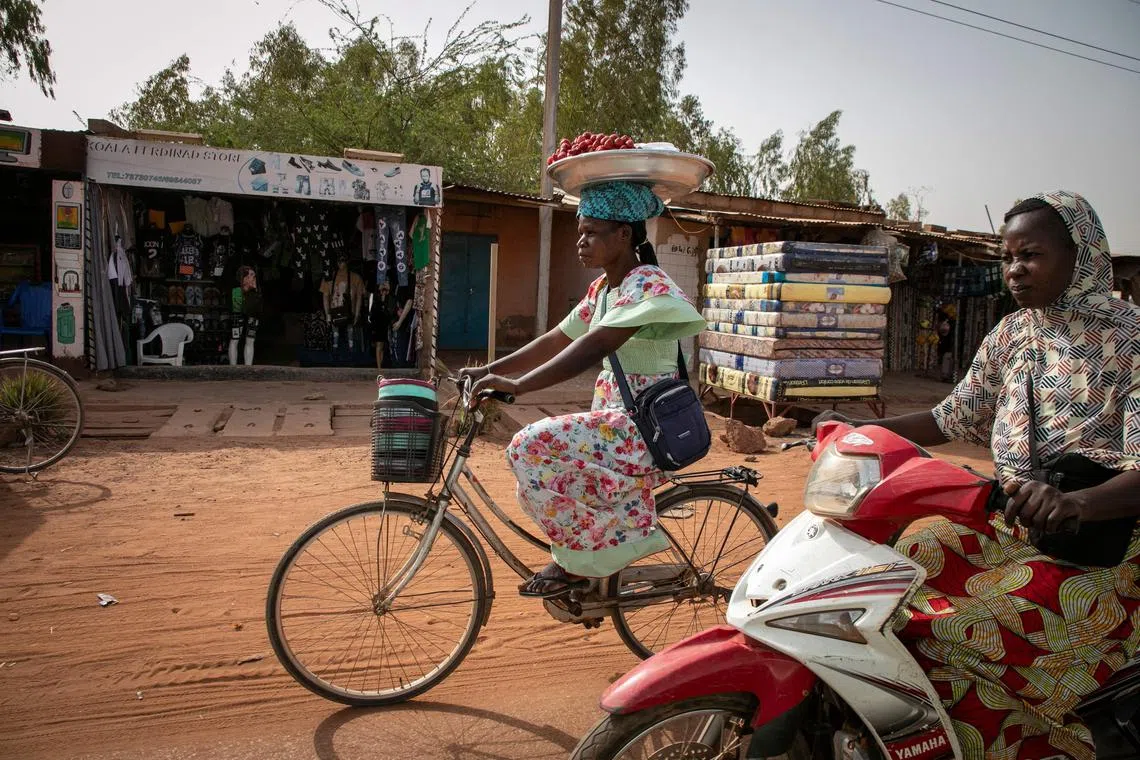Africa’s Sahel can expect more deadly heatwaves, study shows
Sign up now: Get ST's newsletters delivered to your inbox

Intense heatwaves are becoming more common in countries like Mali and Burkina Faso in West Africa’s Sahel region.
PHOTO: AFP
Follow topic:
BAMAKO, Mali – Climate change contributed to an unusually intense heatwave that hit West Africa’s Sahel region in April, with numerous deaths reported in at least two countries, according to a study by the World Weather Attribution.
“The burning of fossil fuels is playing a huge role” in the Sahel’s prolonged intense heat, said Dr Friederike Otto, a senior lecturer in climate science at Imperial College London, who contributed to the study. With continued global warming, events like these will become more common, she said.
The most severe heat was recorded on April 3, with temperatures rising to 48.5 deg C in Mali, the WWA reported.
“What is unusual for heatwaves in an Africa country is that we have reports about mortality already now for this specific event,” Dr Otto said.
In Bamako, Mali’s capital, the Gabriel-Toure Hospital recorded 102 deaths in the first four days of April, compared with 130 deaths during all of April 2023. In neighbouring Burkina Faso, four people a day were reported dead on arrival at the capital’s main teaching hospital in the early part of April, according to local media reports.
The Muslim Ramadan fast made it more difficult for people to cope because they were not meant to drink water or other beverages, said meteorologist Kiswendsida Guigma at the Red Cross Red Crescent Climate Centre, which also participated in the study.
The data suggested that climate change made maximum temperatures in Mali and Burkina Faso, where the heat was the most extreme, 1.5 deg C hotter and the amount of days for which they stayed unusually high made it a one-in-200 year event, according to the WWA statement published on April 18.
In the broader Sahel region, maximum temperatures were slightly lower on average, representing a one-in-30 year event. The group said it used peer-reviewed methodologies to reach the conclusion, though the study itself was not peer-reviewed.
The El Nino weather phenomenon was not the main cause of the Sahelian heat, the way it was in the case of a drought that hit southern Africa in February, according to the scientists. BLOOMBERG

